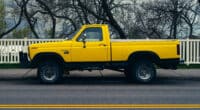Nothing divides the car community quite as the Onikyan style does; it pushes the boundaries of extreme negative camber fitment to a point where it’s both silly and impressive at the same time.
It sparks quite a bit of debate between enthusiasts who just don’t see the allure of this exaggerated style and those who do.
The same holds true for other outlandish Japanese styles like Shakotan and Bosozoku. None of these styles have to make sense; they’re open to interpretation.
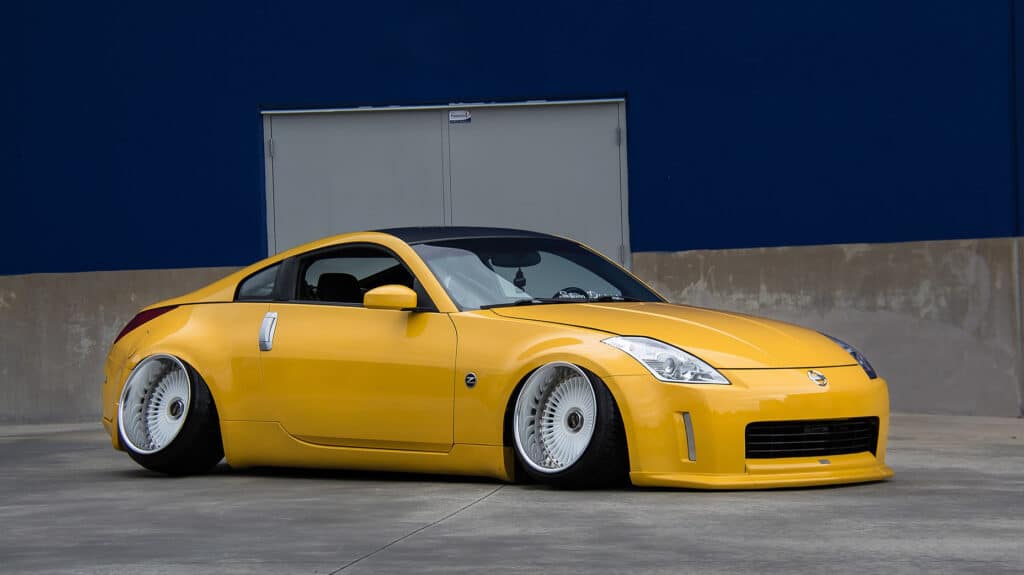
Some enthusiasts like to break piston rods, blow turbos, and burn tires doing burnouts. Others lay frames, destroy oil pans, and attempt to bend the rules of physics by ruining their suspension geometry. It’s all a wear and tear hobby in the end.
In this article, we’ll take a closer look at the meaning of Onikyan and explore where it came from.
Understanding Demon Camber
The term “Onikyan” is a mash-up of two words:
- Oni: A demon, ogre, or troll in Japanese folklore
- Kyanba: Camber

Camber refers to the angle at which the wheels of your car stand relative to the ground. If the tops of the wheels tilt towards the center of the car, you get negative camber, and if they tilt away from the center of the car, you get positive camber.
Read our guide on positive and negative camber for more information.

The whole idea behind using negative camber is to make sure that your tires have a flat contact patch with the road when banking hard into a corner. But that comes with the expense of losing straight-line grip, braking, and tire wear.

Look at any race car with functional negative camber and you’ll notice that the camber angle is hardly visible; it doesn’t need to be. Here are some ideal wheel camber angles for context:
- -1° to -2°: Street use and canyon runs
- -2° to -3°: Frequent track use
- -3° to -6°: Drifting
But demon camber or Onikyan takes it to another level. It starts at -10° and goes all the way up to a whopping -20°, sometimes more.
Where Did Onikyan Camber Come From?
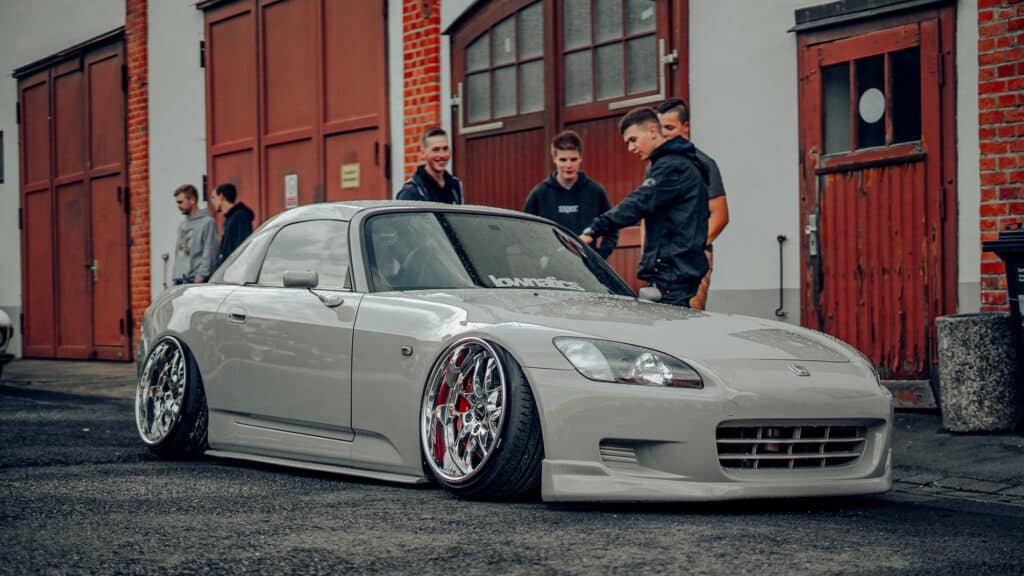
The Onikyan style as we know it today can be attributed to a few factors:
- Touge and drifting,
- Japanese laws,
- Art and aesthetics, and
- The people who made it popular.
The Japanese racing community’s strong bias towards touge and drifting meant that wider wheels, tires, and negative camber were a staple. Everyone in the scene modified their cars this way.
Somewhere along the line, these cars would have to pass Japan’s Shaken (車検) inspection. One of the many criteria to pass this test was to ensure that your wheels and tires do not stick out past the fenders.
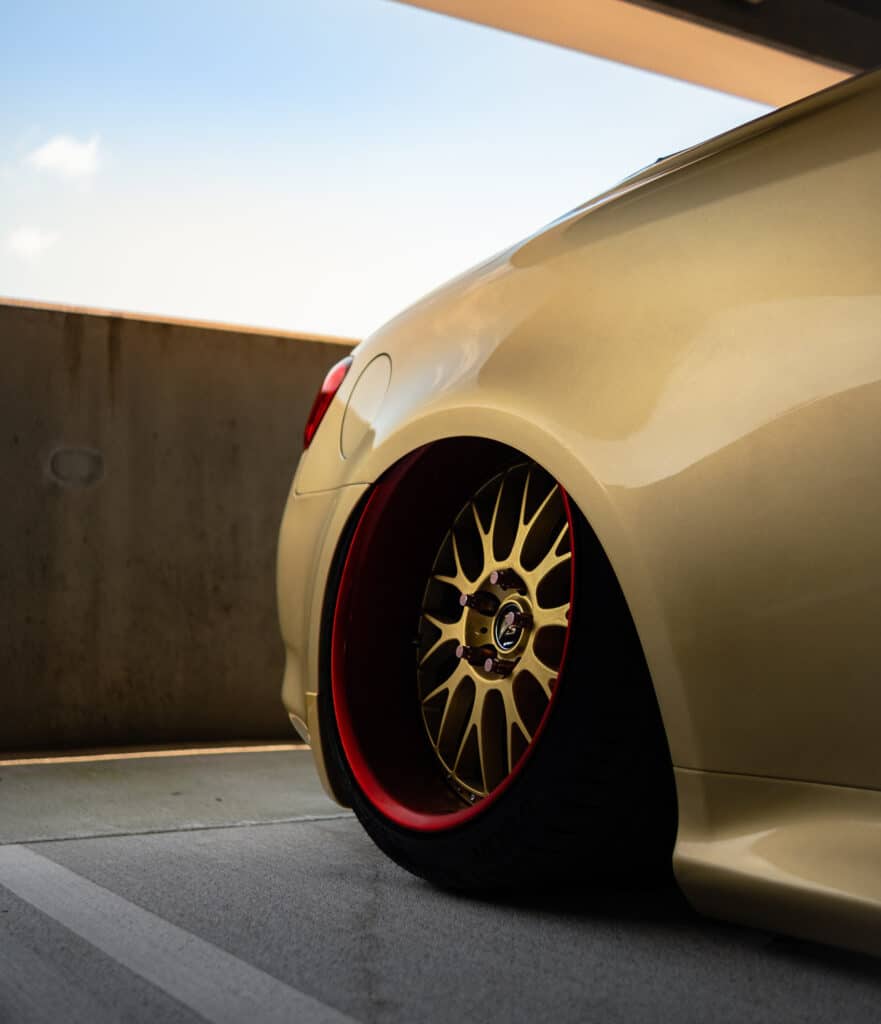
To pass this criterion, racers who had their wheels sticking out beyond the bodyline simply increased negative camber until the tops of their tires were tucked inside the fenders. This is why some people refer to this style as ‘Japan oni camber’.
This definitely had an influence on the 3 most prominent fitment styles seen on modified cars in Japan:
- Hippari: Stretched tires
- Tsuraichi: Tires neatly tucked inside the fenders
- Onikyan: Cambered wheels
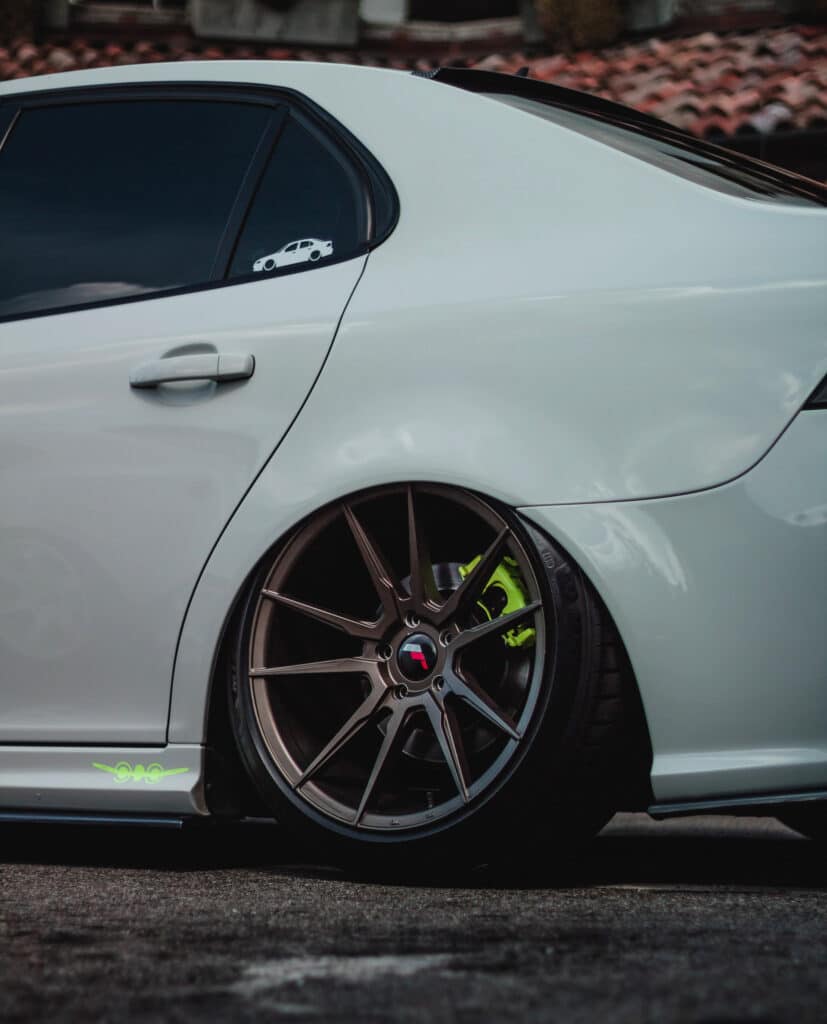
It wasn’t uncommon for cars featured in early manga and anime to depict exaggerated versions of these features, which had something to do with people’s obsession with taking these visual elements to the extreme.
It’s also a big reason why JDM culture tends to go hand in hand with manga and anime as well.
Among the most notable people to do that was Osamu Kawashima — the name will ring a few bells if you’ve ever come across pictures and videos of the famous, heavily cambered Celica that went viral a decade ago.
Back in 2012, at the Nagoya Exciting Car Showdown, also known as the underground version of Tokyo Auto Salon, people saw the Kawashima Celica for the first time.

The car received mixed reactions from the crowd, but the sheer amount of attention it got is what stuck. That’s how Onikyan culture got popular, at least on the internet.
Stance cars from all over the world took inspiration from this aesthetic, and countless enthusiasts embraced it in their own uniquely different ways.
Wrapping Up
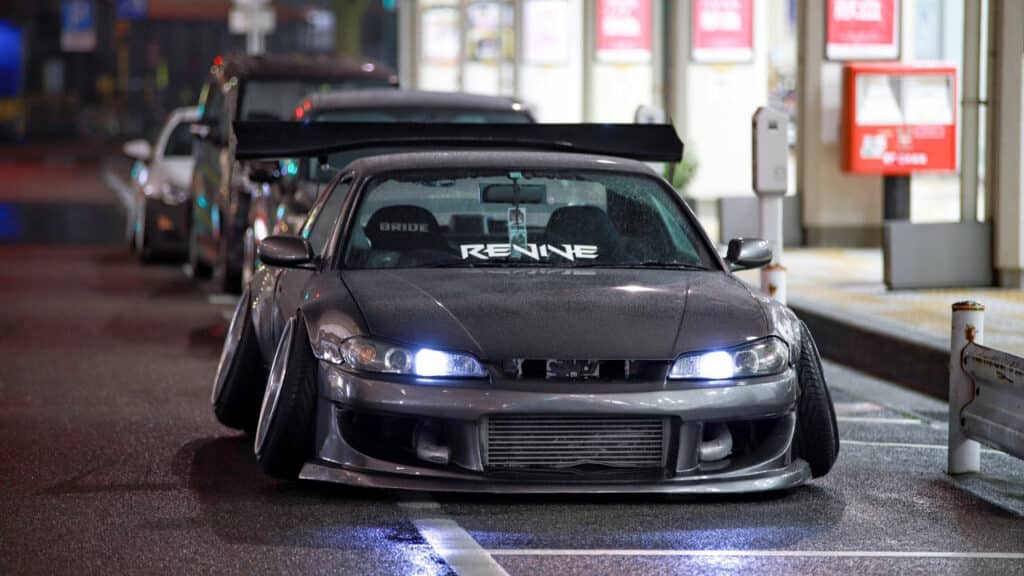
By now it’s clear that not all car mod styles have to make sense. Bosozuku cars, Onikyan cars, the whole stance scene, and even low rider cars have something in common — it’s all about style. It’s about aesthetics, and it only makes sense to those who are invested in that art form.
What’s your take on the Onikyan style? Do you find it repulsive? Or do you dig it? Let us know by leaving a comment below!

